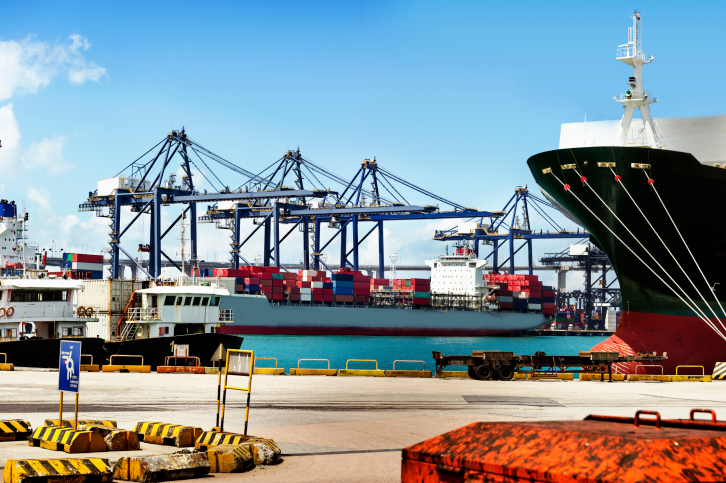According to a recent study by Euromonitor, the fish and seafood market in Western Europe is showing signs of being on the brink of recovery. Below we share 3 trends that support its growth.
- Convenience and practicality: there is a need to generate this perception through new forms of packaging and presentation, more in line with the modern lifestyle and that of the millennials. Additionally, new cooking skills are being promoted to dispel the idea that their preparation is complicated or more difficult than is the case with other foods.
- Health and well-being: several studies across the world confirm that Omega 3 helps reduce the risk of heart disease and diabetes, among others. This heart-protective fat is found in fish and decreases triglyceride levels and blood pressure, increases the concentration of good cholesterol and prevents blood clots.
- Sustainability and responsible consumption: going strong is the use of ethical labels that include more and more information on the fishing method and that allow tracking its distribution.
Tuna, cod and swordfish hamburgers, curried codfish skin treats, Kosher-style barbecued tuna that conforms to the regulations of Jewish dietary law, or eco-friendly recyclable cardboard boxes for transporting fish are some of the new developments presented at Seafood Expo Southern Europe 2014, one of the sector’s most popular exhibitions.
Some respond to consumption patterns such as products that are easy and fast to prepare, others to premium and delicatessen trends and also to factors relating to a healthy diet and responsible consumption.
The consumption of fresh fish and seafood in Europe is made up 78% by fish, 8% by crustaceans and 14% molluscs and cephalopods, in accordance with the sales volume that totaled almost 6 million tons in 2014.
At an international level, fish consumption grew continuously in recent years and in the combined amount is expected to grow more than 20% in the next five years. During the 2009-2013 period, the increase was over 13%, and in 2013 it grew 3.5% with respect to the previous year.
Europe represents 10% of the global fish consumption with a per capita intake of 23 kilos in 2013. China, India, Indonesia, Japan, South Korea, Russia, Brazil, United States, Spain and Taiwan are among the top ten seafood consumers in the world.
Learn about the SeaFrost case, a Peruvian company that exports shellfish.



Follow Us